- Category
- War in Ukraine
How Ukraine Revolutionized Its Defense Industry in 1,000 Days of War
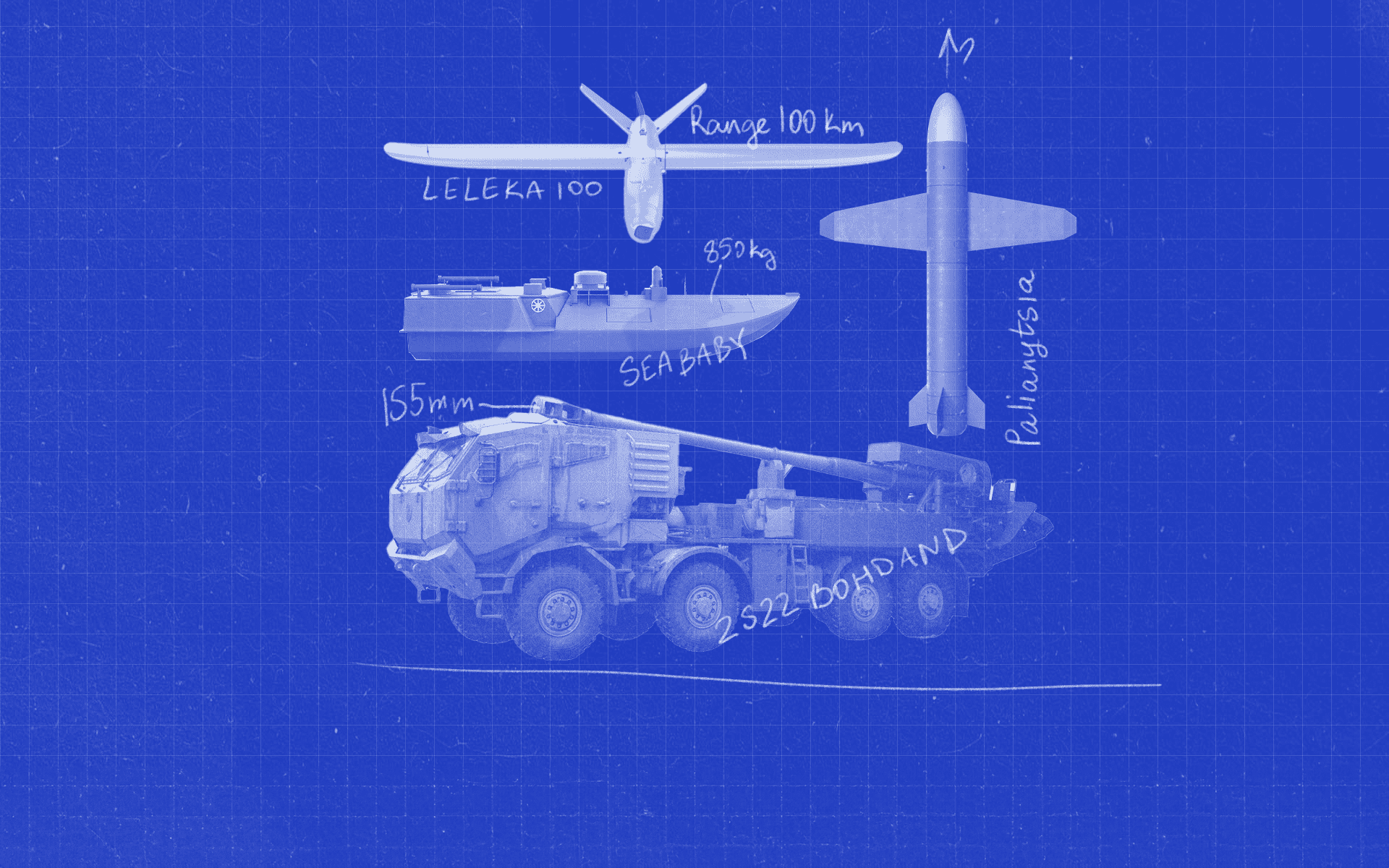
Ukraine has redefined its defense capabilities to resist Russian aggression. Over 1,000 days of relentless fighting since February 2022, the nation’s weapons production has surged, driven by an expanding portfolio of advanced projects.
Ukraine is doubling down on domestic arms production to counter Russian full-scale invasion. Progress is clear: in 2024, weapons procurement funding soared to $6 billion—50% more than in 2023 and a dramatic leap from 2022.
One major shift is that Ukraine now has the capacity to produce these weapons. Local manufacturers could surpass $20 billion in production value—given enough orders. Before Russia’s full-scale invasion, Ukraine’s state defense giant, Ukroboronprom, exported just $1.2 billion in arms annually, according to SIPRI rankings.
Ukraine’s allies, particularly Denmark, have been instrumental in boosting production. In 2024, Denmark earmarked hundreds of millions of dollars for purchasing weapons from Ukrainian manufacturers.
And there’s plenty to buy. In just two years, Ukraine’s defense industry has undergone a dramatic transformation, rolling out major projects and scaling the production of artillery and mortar shells. Entirely new categories have emerged, from reconnaissance and attack drones to maritime drones and multi-mission robotic systems. Ukraine is now developing its own missiles—key to countering and deterring Russian offensives. So, what exactly has been achieved?
Missiles
President Volodymyr Zelenskyy announced in August 2024 Ukraine’s first long-range rocket drone, Palianytsia. While details remain classified, the rocket drone is reported to travel hundreds of kilometers, operates at high speed, and costs under $1 million to produce. Development took roughly 18 months.
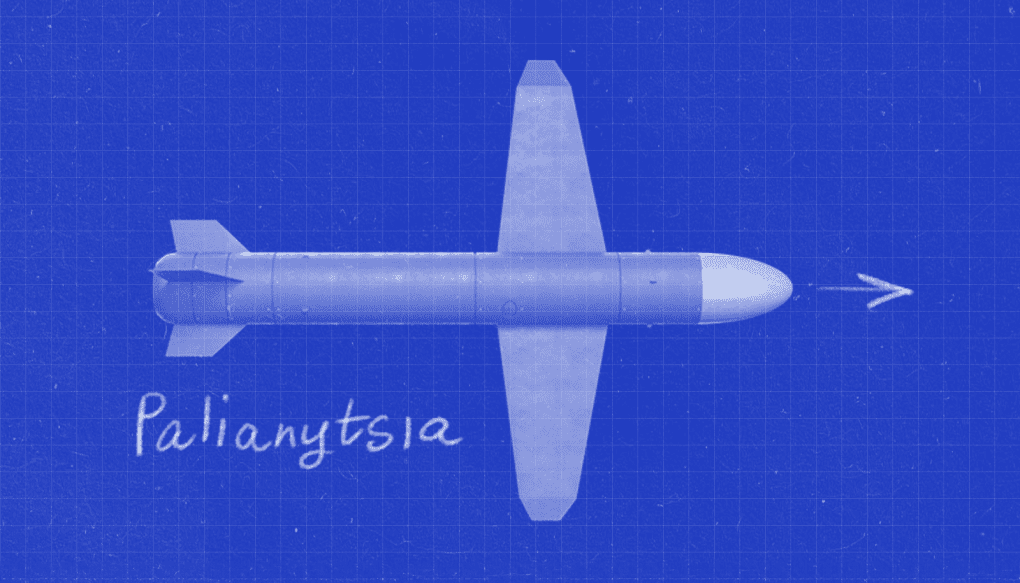
This is not Ukraine’s only missile project. Although officials remain tight-lipped, sources confirm Ukraine is working on its own ballistic missile and that at least four missile systems are under development. These systems aim to deter Russian offensives and strike military airfields and other infrastructure.
Ukraine has intensified work on its Neptune missile program since the invasion began. The Neptune, a proven anti-ship missile, gained international attention after sinking Russia’s Black Sea Fleet flagship, the Moskva. Insiders suggest Ukraine is enhancing its range from 300 km to over 400 km and adapting it for ground targets, though details remain confidential.
Ukraine has produced 100 missile units in 2024, though specifics were not disclosed, Zelenskyy said.
Drones
Ukraine has seen its most remarkable progress in drone production. From just 5–7 manufacturers in early 2022, the country now boasts hundreds of companies producing:
• Combat drones
• Reconnaissance drones
• Long-range drones
• Drop-capable drones
• FPV drones
• Robotic systems for demining, reconnaissance, combat, evacuation, and logistics
• Sea drones
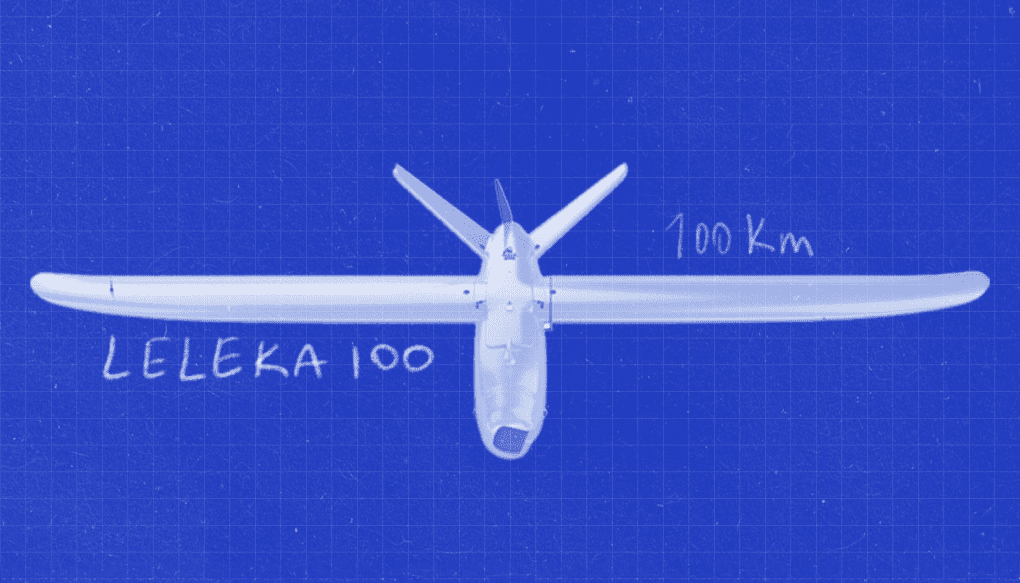
Local companies can currently produce up to 4 million drones and robotic systems annually, though funding constraints prevent orders of this scale. Volunteer groups and international partners have stepped in, raising millions for drone purchases. By the end of 2024, Ukraine expects to procure 2 million drones, with a procurement budget exceeding $1.3 billion.
Drones have reshaped the battlefield, dismantling Russia’s once-formidable hardware advantage. At the start of the full-scale invasion, Russia had up to ten times more equipment in nearly every category, including tanks, artillery, multiple rocket launchers, and infantry fighting vehicles. Russian armored convoys that once dominated now frequently meet a fiery end under Ukraine’s relentless drone strikes.
Ukraine’s drone industry didn’t emerge overnight. Development began after Russia’s illegal annexation of Crimea in 2014, but in the past two years, the sector has scaled at an unprecedented pace. Backed by substantial local and international investment, hundreds of independent enterprises are now operational, poised to export battle-tested technologies to the global market.
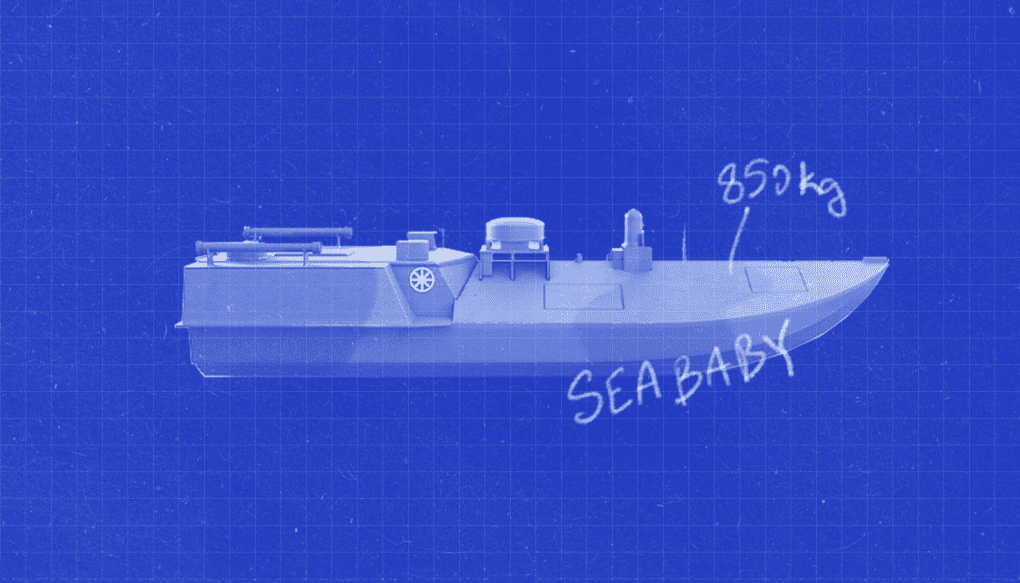
Standout developments include maritime drones like Magura and Sea Baby, which have destroyed several Russian Black Sea Fleet vessels and curtailed Russian naval operations. These are among the world’s first combat-proven maritime drones, demonstrating real battlefield effectiveness.
Artillery
By 2024, Ukraine’s production of the Bohdana self-propelled howitzer reached 15–20 units per year. Before the full-scale war, these systems were rare, with no assembly lines in operation. That changed after February 2022.
With an annual production capacity of 200 units, Ukraine now ranks among global leaders in artillery manufacturing. Few countries produce such volumes. The growth of production remains constrained by Ukraine’s financial limitations.
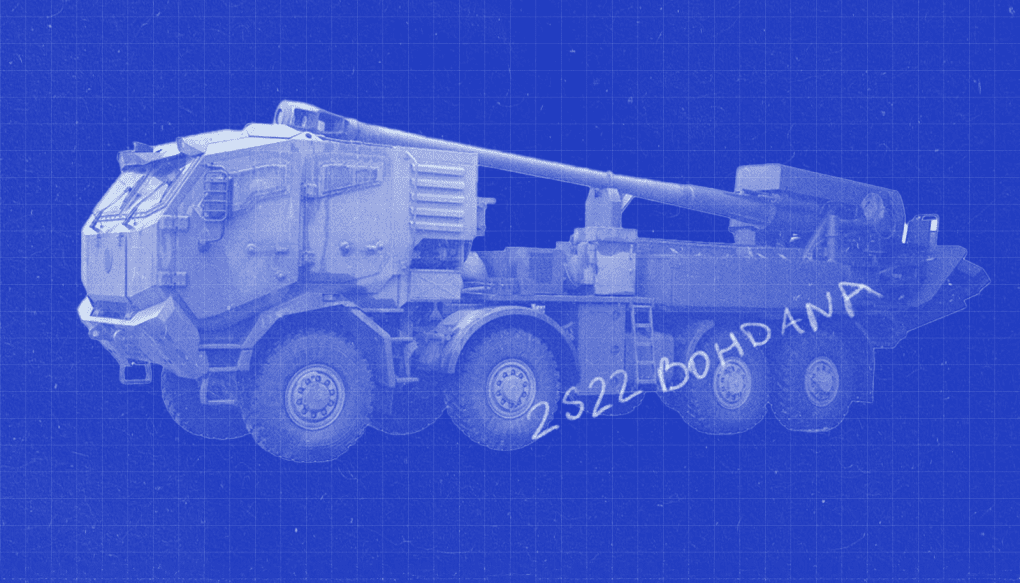
Denmark signed a $184 million contract in 2024 for Bohdana systems, which entered combat duty within months. Such contracts are critical for Ukraine, which has received just over 300 artillery systems from allies since the war began. Domestic production bolsters the military’s ability to defend its territory.
Expanding capabilities
These milestones are just the tip of the iceberg. Ukraine is also advancing in the development of armored vehicles, infantry fighting vehicles, and logistics equipment. Hundreds of private companies have entered the defense market, investing in research, product development, and manufacturing. Both the government and volunteer organizations act as major buyers.
Initiatives like the Brave1 defense cluster are driving innovation, funding advancements in electronic warfare, artificial intelligence, and software development alongside drones and robotics. These programs enable startups to transform ambitious concepts into fully operational products.
Ukraine is also scaling artillery and mortar shell production and forming joint ventures with international manufacturers like Baykar, Rheinmetall, and KNDS. These partnerships are reshaping the local defense industry, fostering its growth.
Ukraine’s hard-earned expertise has become an exportable asset. From technical knowledge to battlefield-tested technologies, the country is positioning itself to share these advancements with global partners.
-29a1a43aba23f9bb779a1ac8b98d2121.jpeg)
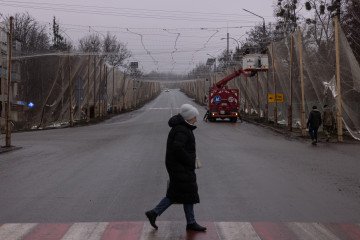
-f88628fa403b11af0b72ec7b062ce954.jpeg)
-b63fc610dd4af1b737643522d6baf184.jpg)

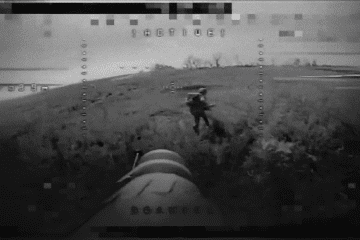

-24deccd511006ba79cfc4d798c6c2ef5.jpeg)